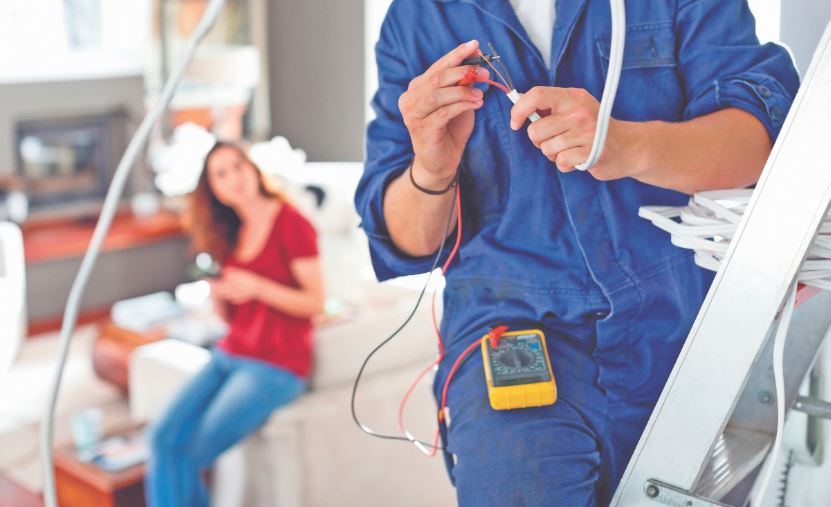Technology
Safety Tips for Working With Electricity


Safety should be your number one consideration when working with or around electricity. Failing to recognize and prevent potential electrical hazards could lead to severe injury or death. Along with thorough training in electrical safety, these tips will ensure you remain safe when working with electrical wiring and equipment. If you run an electrical business, ensure your employees are aware of these considerations at all times.
Tip 1: Use insulated equipment
Electricians must always use specialized insulated equipment when working with electricity. Electricians’ screwdrivers, for example, feature non-conductive plastic covers over the handle and shaft, with only the metal tip exposed. Insulation protects electrical workers from coming into contact with live circuitry. Along with personal protection, insulated screwdrivers cover delicate electronic parts from electrical short damage.
Other insulated tools include:
- Cutters
- Pliers
- Spanners
- Wrenches
- Hex keys
- Cable strippers
According to the international standard IEC EN 60900, insulated tools should offer voltage ratings up to 1,500V DC and 1,000V AC. When purchasing insulated tools, look for the VDE logo or the double triangle symbol to ensure they meet voltage rating standards.
Tip 2: Wear proper personal protective equipment (PPE)
Wearing appropriate personal protective equipment is crucial when working around electricity.
Common PPE for electricians includes:
- Protective cotton clothing
- Hard hat or helmet
- Enclosed footwear
- Hearing protection
- Leather or rubber gloves
- Protective eye goggles
Ensure your employees wear proper PPE at all times to significantly reduce the chance of injury or other accidents on the job.
Tip 3: Familiarise yourself with safety standards
It’s essential to familiarise yourself and your employees with all relevant electrical safety standards before performing any kind of electrical work.
Standards Australia describes AS/NZS 3000:2018, Electrical installations, or ‘the Wiring Rules’ as essential to modern Australian life and safe working standards. It outlines fundamental safety principles and minimum regulatory requirements for safe electrical installation. Other helpful resources include the Australian Model WHS Regulations and Safe Work Australia’s Electrical risks at the workplace fact sheet.
Tip 4: Follow proper procedures
All workplaces dealing with electricity should have procedures in place to ensure the safety of staff, customers, clients, and equipment. As an electrical business owner, updating and running through these procedures regularly is essential for maintaining high safety standards in the workplace.
Tip 5: Know your limits
Our final, yet equally important, tip is to know your limits. Never attempt to undertake electrical work you’re not suitably qualified or trained to perform, and as an electrical business owner, never assign work that is beyond an employee’s level of expertise. Apprentice electricians should always be under the full supervision of a licensed and experienced electrical worker. The degree of supervision will depend on factors including the type of work, its associated risks, and the apprentice’s competence.
Conclusion
To recap, when working with or around electricity, always use the appropriate protective equipment, including insulated tools. Follow all safety procedures and regulations at the workplace, industry, national, and international levels. Following these rules at all times is critical for maintaining a safe, efficient, and functional workplace.





 Technology4 weeks ago
Technology4 weeks ago10 Best Generative AI Tools to Scale Your Business in 2024



 Games2 weeks ago
Games2 weeks agoA Brief History of Solitaire: From Cards to Computers



 Model3 weeks ago
Model3 weeks agoKatelyn Ernst: Bio, Age, Lifestyle, Career, Hair & Eye Color, Net Worth



 Technology2 weeks ago
Technology2 weeks agoHow To Enhance Your Learning With Duolingo Podcasts?



 Technology5 days ago
Technology5 days agoThe Website Design Workshop: Crafting User-Centric Sites

You must be logged in to post a comment Login